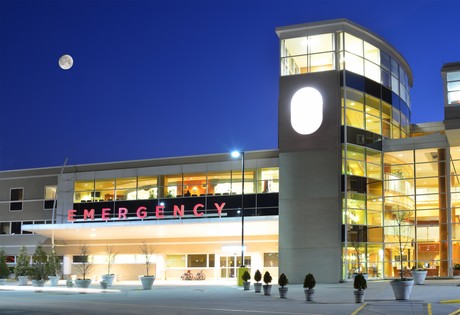Night-time heart attacks and survival in kids
By Corin Kelly
Tuesday, 08 November, 2016

Do Nights, Weekends Affect Survival After Paediatric Cardiac Arrest in ���ϳԹ�Ⱥ��?
For hospitalised children, the rate of surviving to discharge was lower for those who had cardiac arrest with cardiopulmonary resuscitation (CPR) at night compared with during the daytime and evening, according to an article published online by
Nearly 6,000 children in the United States receive CPR in the hospital each year and many of these children do not survive to be discharged from the hospital. Some studies of adults have suggested patients have worse outcomes when they have cardiac arrest at night.
Farhan Bhanji, M.D., M.Sc.(Ed.), F.R.C.P.C., of McGill University, Montreal, Canada, and coauthors used the American Heart Association’s Get With the Guidelines Resuscitation registry, a large multicenter registry of in-hospital cardiac arrests, to examine survival rates for hospitalized children who had cardiac arrest by the time of day and day of the week.
The study included 12,404 hospitalised children (more than half were male) who received CPR for at least two minutes. Of the children, 8,568 required CPR during daytime or evening hours and 3,836 needed CPR at night. The 354 hospitals who contributed data during the study period had a median size of 333 beds.
Of the 12,404 children, 8,731 (70.4 percent) experienced a return of circulation that lasted more than 20 minutes, 7,248 (58.4 percent) survived for 24 hours and 4,488 (36.2 percent) survived to hospital discharge, according to the results.
After adjusting for potential mitigating factors, the rate of survival to hospital discharge was about 12 percent lower during nights than during days and evenings but was not different between weekends and weekdays, the authors report.
“Although the absolute rate of survival to hospital discharge was lower on weekends than weekdays, this difference did not reach statistical significance when adjusted for confounding factors,” the authors write. The study also acknowledges several limitations, including an inability to identify underlying causes for the differences in survival.
The authors call lower survival rates at nighttime “an important, yet underrecognised public health concern.”
“This is especially pertinent because suboptimal resuscitative efforts are a potentially preventable harm. Assuming an annual CPR rate of 6,000 events per year, we found that simply improving overall survival (currently at 36.2%) to match the weekday daytime epoch survival (41.1%) would result in almost 300 additional children’s lives saved per year in the United States. These findings may have important implications for hospital staffing, training, and resource allocation,” according to the paper.
The study concludes: “Discrepancy between daytime and nighttime outcomes represents an important patient safety concern that warrants further investigation.”
Raising 'tech neck' awareness this Spinal Health Week
For Spinal Health Week, 26 May–1 June, the Australian Chiropractors Association has...
New Aged Care Act: six things providers need to know
On 1 November, the new Aged Care Act comes into effect, marking once-in-a-generation reforms. A...
A Day in the Life of a rehabilitation physician and burnout coach
Dr Jo Braid is a rehabilitation physician and coach dedicated to transforming burnout recovery...





